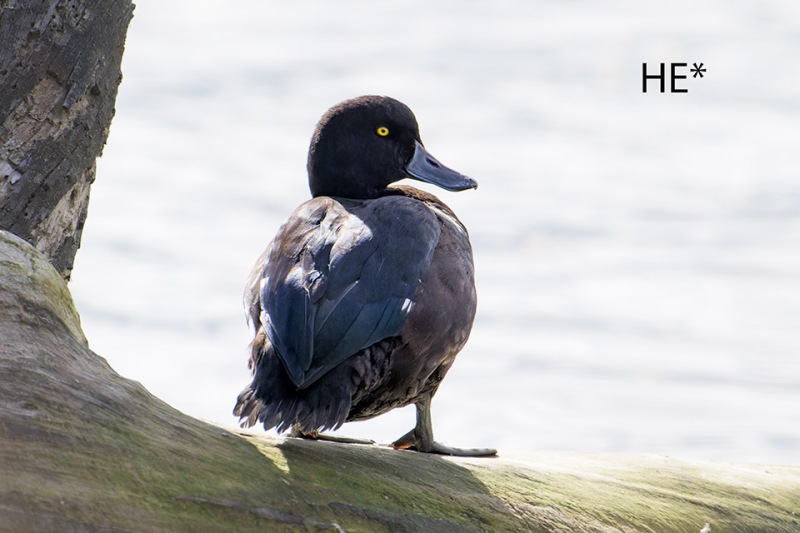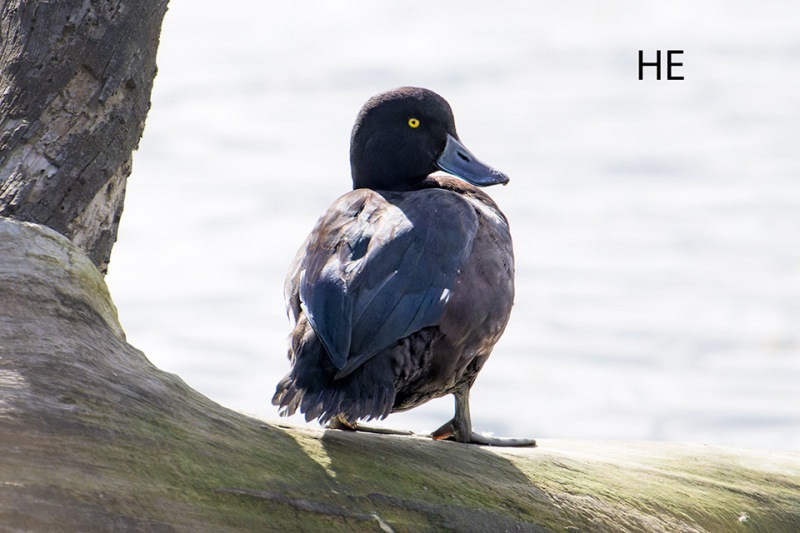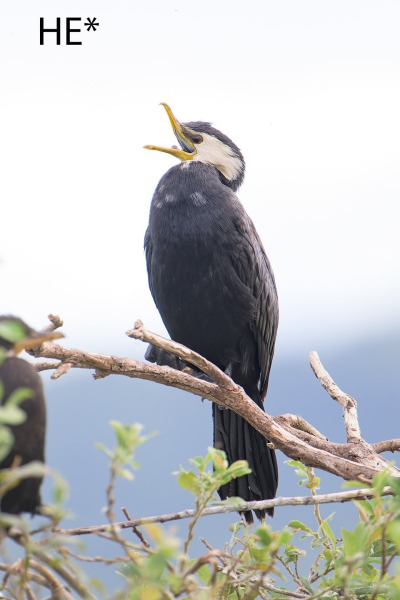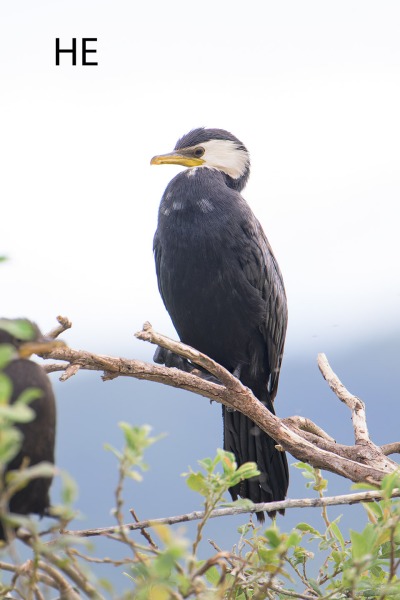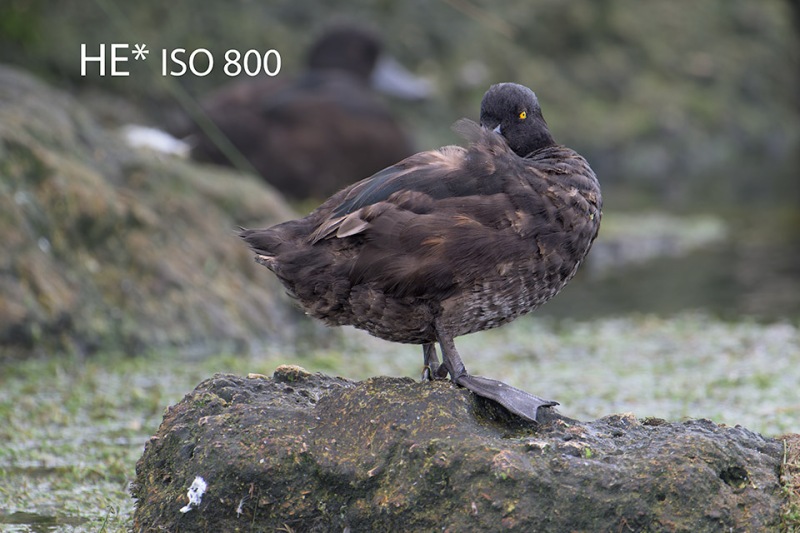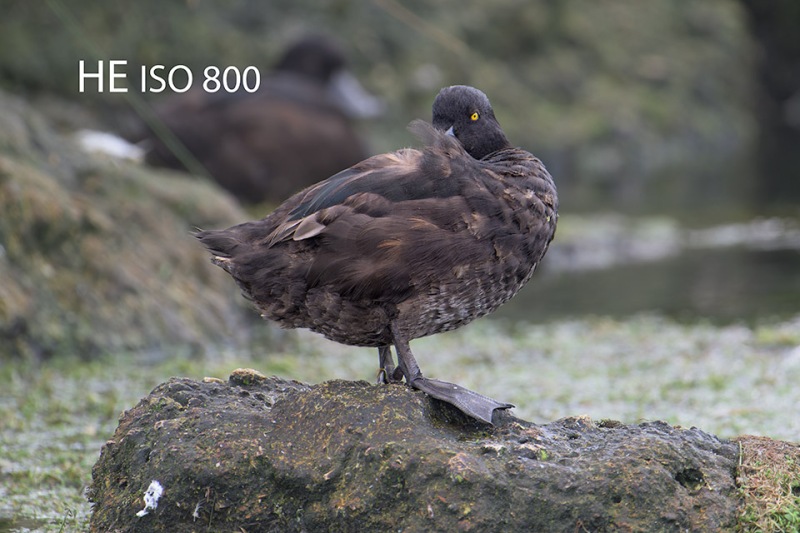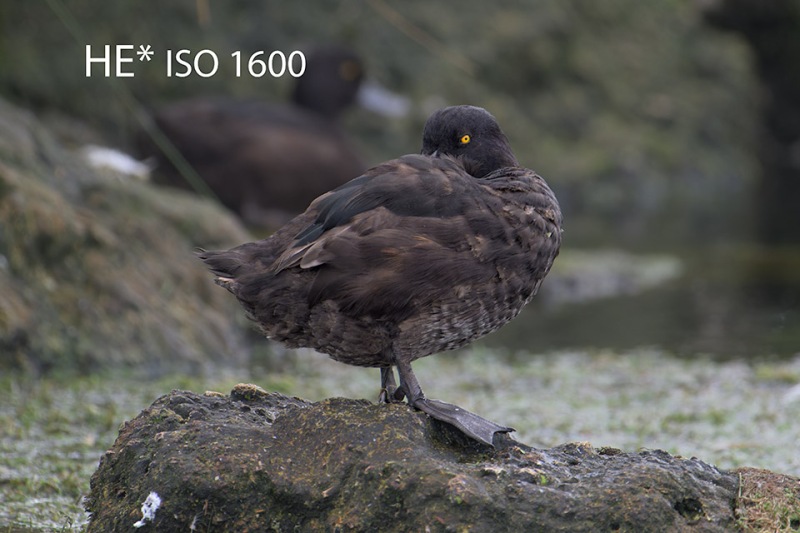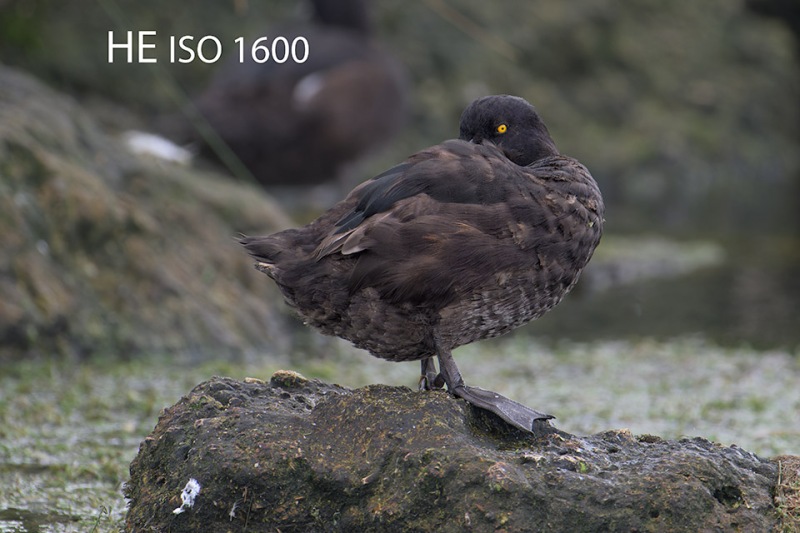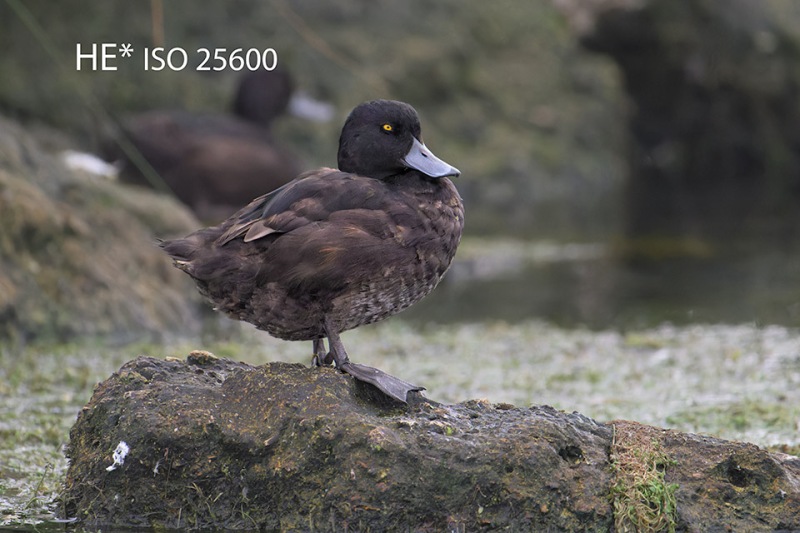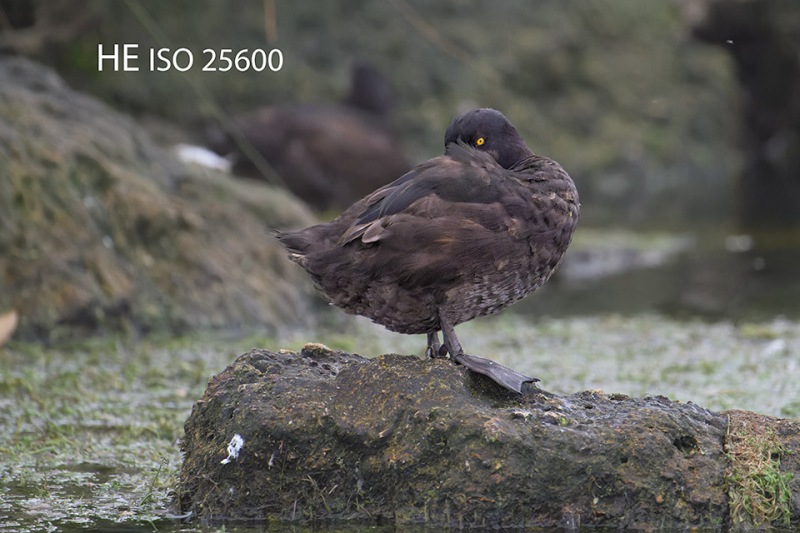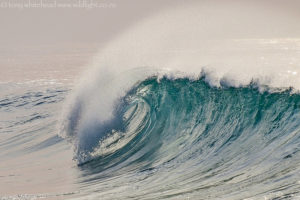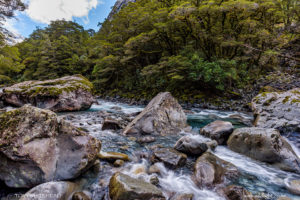With my Nikon DSLRs and Z7 I always chose to use lossless compressed RAW files to save as many files as possible to a memory card while maintaining all the data in the RAW file. Uncompressed made no sense while it seemed illogical to permanently throw away data under the assumption that there would be a visual price to pay. When I began using the Nikon Z9 the options were different. There was no longer an uncompressed option with the choices being to save the lossless compressed file, compress using the HE★ option or HE option, both High Efficiency (HE) options being lossy compression but significantly smaller than lossless compressed files.
Nikon compares them as follows in their documentation.
- [High efficiency★] produces pictures that compare favorably in quality to those produced by [Lossless compression] and are higher in quality than those produced by [High efficiency].
The HE formats were Nikon’s implementation of TicoRAW developed by intoPIX. The goal being more efficient compression to enable faster transfer of data and more efficient storage of data while limiting the visual penalty tradionally paid for lossy compression. I was initially a bit hesitant about adopting a lossy format but from the information I could find there was no discernable visual price to pay. This combined with a job I had to do at the time requiring many shots and a very limited number of expensive CF Express cards swayed my decision to use HE★. I have used it ever since and been completely happy with the results despite the frustration with the time it took for DxO PureRAW to recognise and process HE compressed files.
More recently, I have been looking into whether HE (as opposed to HE★) files are an option. This has been prompted as part of my preparation for an upcoming extended trip where I will be using 2 camera bodies and taking many thousands of images. In addition I may have limited reviewing/culling time so will probable overwhelm my current travel strategy for back-up (keeping memory cards of images + 2 SSD drive copies) even with 3TB+ of card storage available. The old adage of “storage is cheap” is not so true currently with portable SSD drives and I would rather avoid having a backup set spread over multiple drives.
I have seen some very interesting and technically in depth information comparing the lossless compressed files with HE★ and HE compressed filesessentially finding no difference measurable or visually discernible. I decided to do some real world field tests and shot a series of images of the same subjects using both the HE settings. I chose some challenging situations which would need significant shadow recovery and tested at a range of ISO settings from 800 to 25600. I then processed both sets of images through my usual workflow using Lightroom Classic, DxO PureRAW and Photoshop. While none of these are great images they served the purpose at hand. I have shared the images here for illustration only as presenting them online is not a realistic way of comparing them for any significant differences.
Analysing the magnified full resolution processed files I could see no visual differences and had to look into the metadata to see which had been saved as HE and which as HE★. As a result I am struggling to find a reason to keep using HE★ over HE compression. The big benefit of the more compressed files is file size. A formatted 1TB card in my Nikon Z8 reports the following capacities
| Lossless compressed RAW | 11.4K |
| HE★ | 26.7K |
| HE | 37.5K |
| JPG fine ★ | 23.8K |
| JPG fine | 32.5K |
| JPG normal ★ | 47.6K |
| JPG normal | 65.0K |
By choosing to use HE compression I can fit almost 11 000 more files onto a card with no discernible price to pay in terms of image quality. This is a very attractive option for extended photography travel when there may be limited time for image review and culling. The one caveat is that I am using aging eyes to make the assessment but those are the eyes I have so my conclusions are relevant to me. I take reassurance from results in Steven Kersting’s test (linked below) that reveal the same results of insignificant differences in signal to noise ratio and no visual difference between lossless compressed, HE★ and HE RAW files.
Like in many choices with photography we are balancing compromises. A more versatile zoom may not be quite as sharp as a prime may be the better tool for the situation. In terms of RAW files, I think it is reasonable to say that by choosing larger files we are managing anxiety more than reality so for some situations the smaller more compressed files are a valid choice, especially for travelling wildlife photographers shooting many images. I am tending in this direction for my upcoming trip but will probably do some more controlled tests (to further manage my anxiety) before committing to this strategy.
Another advantage of using smaller files is that it removes the buffer limitations of using the 2nd card for in-camera back-up (Z9 only as the write speed of SD cards in the Z8 2nd slot remain an issue). This is not something I do but when trialling in the past using HE★ and writing a copy to the 2nd card the buffer would fill and limit burst duration but when writing to a single card there was essentially no limit.
The other thing from the card capacity table that interests me is that the HE files are actually smaller than highest quality full resolution jpg files. The one area that Nikon is still lagging in is the space of RAW precapture. With the Nikon Z8 and Z9 we have access to 30fps full res normal quality jpg or 120fps 11MP jpg. From the table normal quality full res jpg files are approximately twice the size of HE RAW files, while normal quality full res jpg are around half the size of HE RAW. This suggests RAW precapture should be easily achievable even if there were restriction in that it would have to be HE RAW and possibly frame rate throttling to 15fps. For me this would be a far more attractive option than the current jpg only option.

